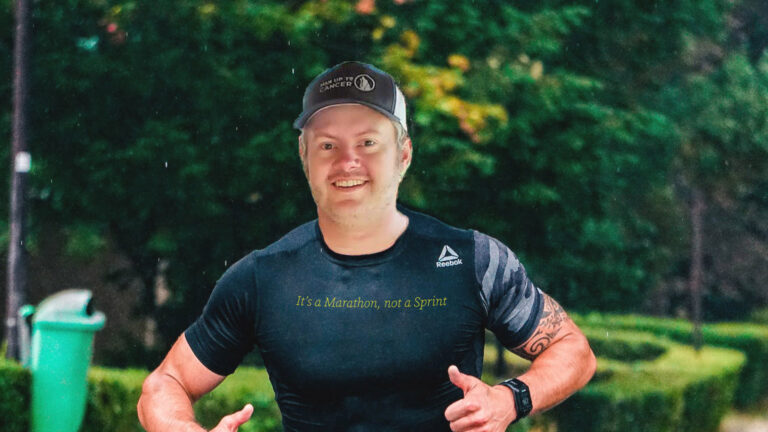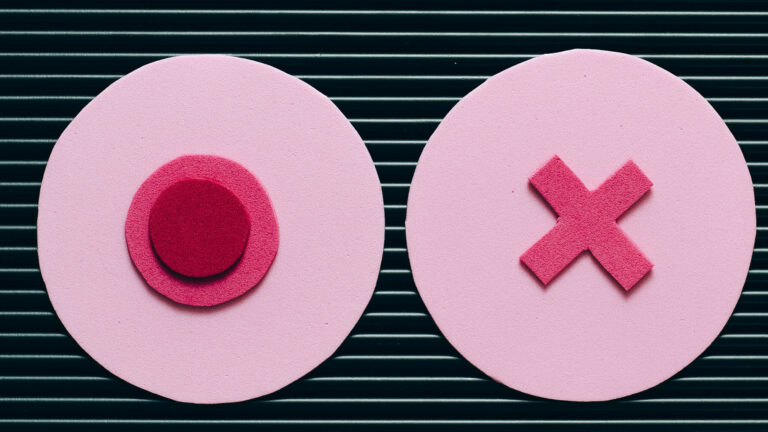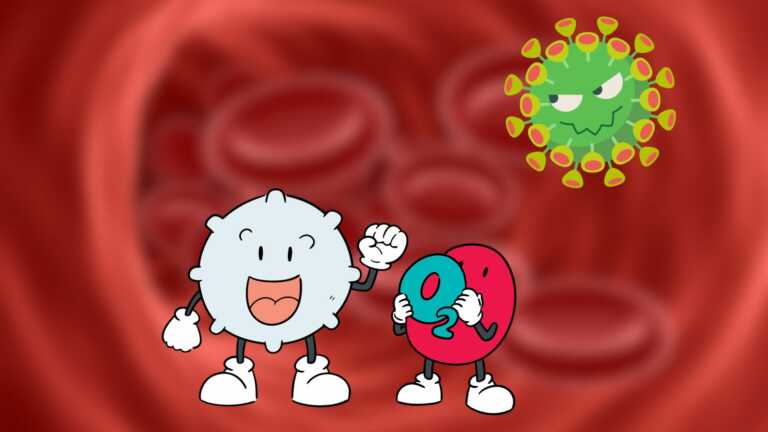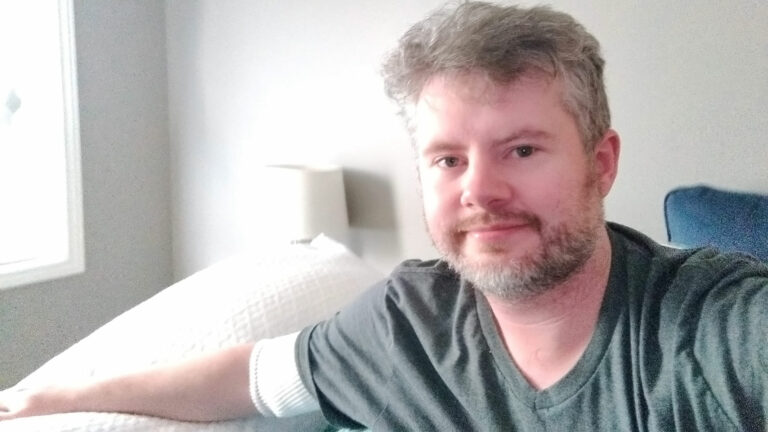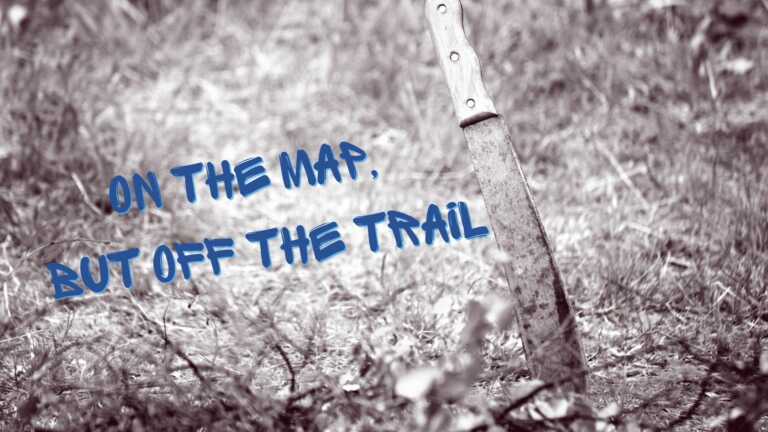One of the quick lessons that you learn when you’re diagnosed with cancer is just how important it is to hold hope as you navigate the gauntlet of tests, scans, and treatments.
For those living with cancer, hope is a concept that can change rapidly and unexpectedly. When cancer becomes metastatic, hope looks a lot different than it does with less advanced cancers.
Many people are familiar with the work of Elisabeth Kubler Ross and the five stages of grief:
- Denial
- Anger
- Bargaining
- Depression
- Acceptance
This cycle is unique to each individual. Not all people experience grief in the same way. This means that the stages of grief may be experienced out of order or that certain stages may not even occur for some people.
I’m proposing that cancer patients experience a similar cycle as it relates to hope.
Much like grief, hope is a series of things that a person moves through.
The tiers of hope
Each type and stage of cancer comes with unique challenges. Based on conversations that I’ve had with peers in cancerland, a pattern has emerged based on where people are in their cancer journey.
Depending on how advanced a person’s cancer is, they may not even be able to experience all of the tiers. Unfortunately, some people start at the end.
I’m not a psychologist. Half of the time I can’t even spell it right. But, based on my experiences with other people, I think there’s some truth to this perspective.
Feel free to call me out if you think it’s bullshit.
Tier One: Hope for Curative Treatment
When a person is first diagnosed with cancer, the initial hope is that there is a treatment option that will completely cure the disease. Depending on the severity of a person’s cancer, this may or may not be possible.
Who doesn’t want to be cured?
Tier Two: Hope for No Evidence of Disease
If curative treatment is not expected, there’s a hope that a person can reach NED, or No Evidence of Disease. This isn’t the same as being completely cured, but is a close second. Some may know this tier as remission. If a person achieves and remains NED for a period of five years, they’re considered cured.
Often, patients will spend varying degrees of time in this tier. Some will achieve NED for a period of months. Others will experience years of NED before their cancer returns. Some will hit the five year marker without a recurrence.
There have even been rare cases where cancer will recur decades later.
Tier Three: Hope for Disease Stability
If it’s not possible for a patient to achieve cure or NED, then the next best thing is that the cancer doesn’t grow or spread. When people are on systemic treatments, the intent is often to just maintain the status quo. Keep the cancer where it is—don’t let it spread—even if it means that a person continues to live with tumours, pain, and side effects from the disease or treatment.
Systemic treatments tend to work for a period of time, but often fail, leaving the patient in search of the next line of treatment, which may or may not exist.
Tier Four: Hope for New Treatment Options
When existing treatments fail and cancer begins to spread, the next hope is that new treatment options become available. Precision medicine has come a long way over the past few years but isn’t available for all types of cancer.
Treatments such as immunotherapy and targeted chemotherapy are, broadly speaking, in their infancy. There are very specific conditions that must be met for an individual to be eligible to receive targeted treatments. As medical oncology evolves, these treatments will become more widely available for more people.
Tier Five: Hope for a Dignified Death
When treatment fails completely and patients find themselves facing certain death, the hope is for a dignified passing. Unfortunately, sometimes it’s the best a person can wish for.
For many, this means taking control of what their death looks like. Choosing where to die, when to die, and who they’d like to surround them in their final days, hours, and minutes.
Dignity also often means dying without pain or discomfort.
Hope changes
There are so many variables that go into what hope looks like. For me, as a stage IIIC guy, my hope is that treatment is curative. There’s a slim chance, but the chance still exists.
All I know for certain is that, like everything else in life, cancer forces you to just roll with the punches and make the best of whatever comes your way.
Thanks for reading.



